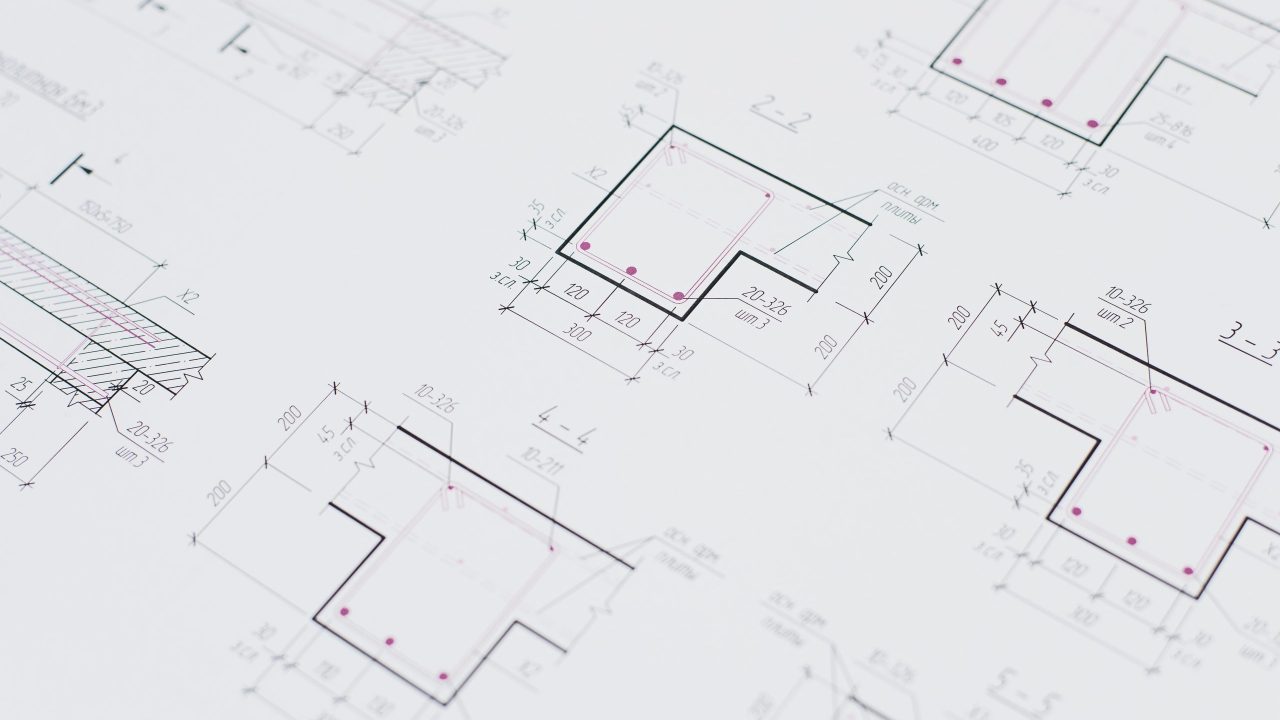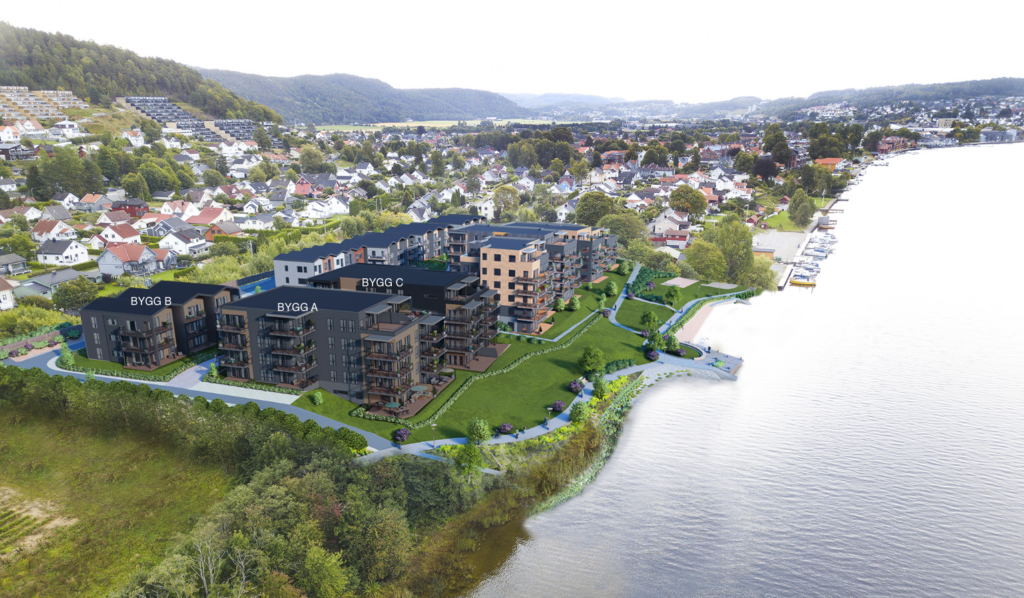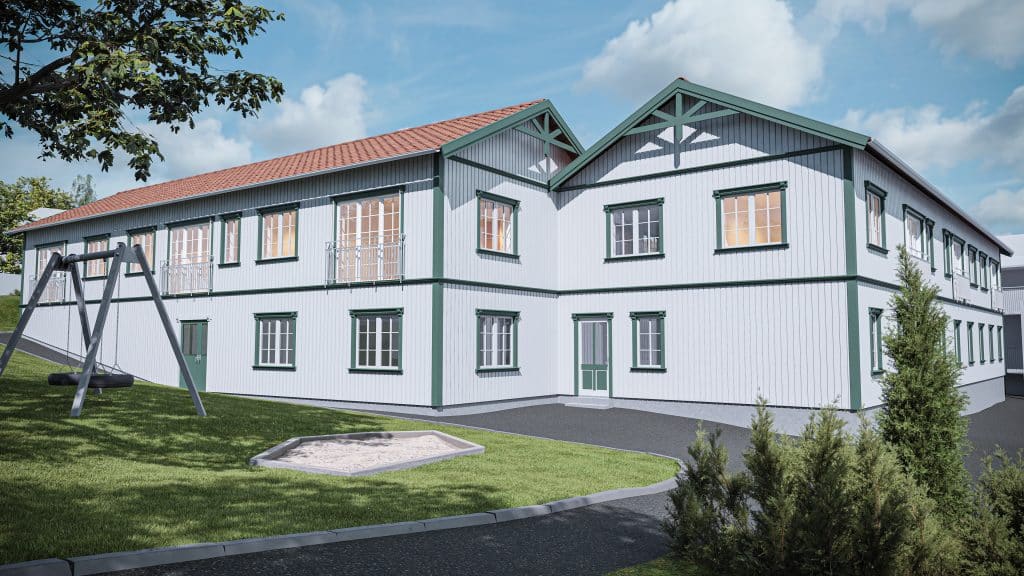5 quick tips before you export your BIM model to IFC
Whether you are an Architect designing a new building, a Contractor developing a real-estate project, or a 3D artist getting involved in interior design, sharing your 3D vision with your clients can frustratingly lead to miscommunication and mistakes. At QiSpace we work with a vast array of BIM models and IFC exports to visualise off-plan apartments.
Here are our top tips to help streamline your delivery. But first of all…
What is an IFC?
In short IFC stands for Industry Foundation Classes and is simply a file format. Just like .jpg or .png is a format for images, IFC is a format for storing 3D models with as many parameters or information as you want it to contain.
Most commonly IFC is used with BIM or Building Information Modelling software, but once exported as an IFC file there are plenty more use cases for this format if you know where to look. And, it is a great way to share and exchange information between stakeholders, project partners and collaborators.
In any case to ensure the least bumpy road (smoothest workflow, easiest route…) there are some key elements to making a good ifc, and here are several quickfire tips for you:
- Complete your model
- Look out for typos
- Recap your agreement
- Take a look in 3D
- Unhide your layers

1. Complete your model
Getting a good IFC often comes down to the source material. It does not help to have a great exported IFC if the source is lacking in its finish. Say you have a block building and the recipient of your file finds obvious flaws to your model. This can be anything from walls not being the correct size, a door or several having no specifications, elements not being at the correct height or crucial and/or more intricate elements completely missing.
Only using software to validate any flaws with your model can still result in lacking elements as these softwares follow a set of rules. They can not tell you if 2, 5 or 10 % of your buildings are missing if there were no bricks laid in the first place.
So considering this, having a good structure for your model, a list of essential elements to check or a QA process before export can greatly smooth out any collaboration. SO complete your work to the agreed level and take a look, removing the need for back and forths saving you and your collaborators precious time.
2. Look out for typos
IFC files can be altered in most text editors, however forcing someone that might not know the ins and outs of the format into this chaotic landscape is best left in the “Never going to happen” box. (Unless this is your project partner’s preferred workflow and has been agreed upon beforehand). To avoid any complication your datasets must be named properly by rules either set by you or your project partners. A good naming structure and half of the emails are gone!
3. Recap your agreement
You are close to the finish line and export is just around the corner. Either you have a protocol for making sure you meet the project agreement or this might not be standard practice. In any case, taking a look to make sure every aspect of the model and its data is in place and that you believe it meets expectations, does not hurt anyone.
4. Take a look in 3D
Your model looks great when in top down 2D, floorplan mode or whatever terminology you want to use. Everything looks correct at first glance, but when adding a 3rd dimension to the math things can suddenly change. Windows can be all the way down to the floor, floor modules can be flying mid air or doors are flipped. A quick look in 3d mode that most software has today can reveal some obvious mishaps. This is especially true if you are also adding in fixtures like kitchen units.
5. Unhide your layers
Your model is complete, your text and naming are typo-free. It’s time to export and it goes like a hot knife through butter. You send it to its destination, the recipient. A couple of hours later and the emails come ticking in! “Where are the railings on the balcony?… There are no doors on the facade!… There is a whole building missing!”. If these are the kind of messages you get and you know they are represented correctly, there was surely a layer or two not active at the time of export. Tick off all the layers you need or send them in separate IFC files, just make sure everything is that final package of deliveries. And it’s official, you are the smoothest IFC collaborator in your office!
Bonus Tip!
Try the different export settings on a model and compare. Having some knowledge in the toolbag gives you more control and keeps you in the loop!







